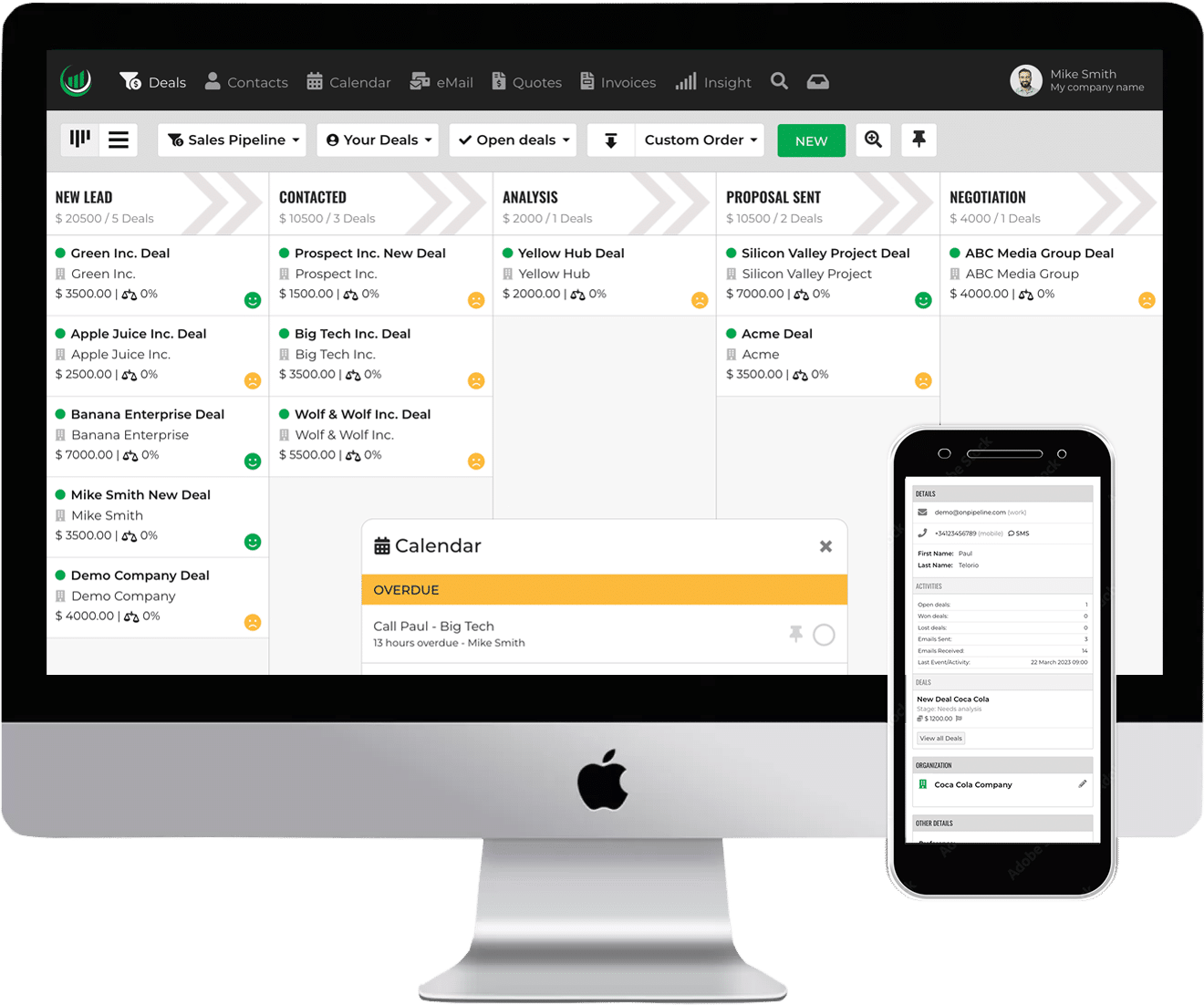Understanding your clients inside and out is crucial to succeeding in a competitive business environment.
If you’re new to segmentation, this comprehensive guide covers everything you must know to get started. By implementing the practical tips and tricks outlined here, you can take your business to new heights. So, scroll through the page and get ready to multiply your sales manifold.
Introduction
Customer profiling is a description of your existing buyers that helps refine your marketing strategy. This approach analyzes habits and purchasing behavior, specifically touchpoints.
It picturizes an ideal user who would engage with your product or service. If implemented correctly, it can identify and target potential buyer and helps businesses to increase conversions.
The secret to accurate profiling is classifying based on their shared characteristics or goals.
It is of great importance in the business marketing strategy and helps organizations to increase their sales to a great extent. It allows companies to focus on specific consumers, their needs and preferences, and accordingly design the campaigns.
Benefits of profiling?
It can transform your customer relationships while radically improving conversion rates. Here are a few benefits that make this approach worth trying.
1. Better understanding
Profiling is undoubtedly a better approach to understanding your customers’ key interests and pain points. This knowledge lets businesses create products and services close to their customers’ preferences. It further helps secure long-term loyalty while reducing customer churn.
2. Improved targeting and segmentation
Segments helps businesses analyze customers’ data and preferences. Hence, it enables them to offer targeted products and services more likely to appeal to a specific customer segment. The improved segmentation allows companies to create tailored campaigns that resonate with the targeted audience.
3. Enhanced engagement
This approach helps businesses to personalize marketing messages, leading to high engagement rates. The more the customer engages, the more he will be willing to spend.
4. Increased loyalty and retention
The job doesn’t end with targeting a specific group of individuals. To survive in this competitive landscape, you must focus on customer retention and loyalty. Appropriate customer categorization keeps existing customers around and encourages them to become long-term fans of your brand.
5. Improved sales performance
Since customer profiling understands the needs of the targeted segment, it leads to increased loyalty and higher sales revenue. Additionally, this strategy identifies the factors that motivate customers to remain loyal to the brand. It further enhances customer lifetime value, thus, improving sales over the long term.
Creating profiles
It isn’t about the guesswork. Hence, don’t fall into the trap of assuming the traits of your target prospects share. Follow the step-by-step guide below and create accurate customer categories to improve customer retention and sales.
Collecting data
Start with gathering customers’ information into a contact management software to understand their purchase behavior. Talk to your sales team as they share a close relationship with your prospects and know them better. Ask your team to find the common traits and behaviors customers tend to show before they hit the purchase button.
Analyzing data
Once they collect the required information, it’s time to dig deeper into the data and create segments accordingly. Start by looking at basic details, including age, gender, and location. You should understand these metrics site-wide to create a more accurate result.
Analyzing customers’ preferences and touchpoints help businesses to create more targeted sales strategies. It also allows you to address specific customers’ pain points and challenges.
Segmentation
The next step is segmenting customers into groups based on their buying interests, behavior, and location. Precise segments help you identify patterns and similarities between your customers. It further lets you create customer profiles that are more specific and targeted.
Creating a final profile
It’s time to create a final copy. Give your customers a name and write a detailed description based on demographic and behavioral characteristics.
You can also speed up the process using pre-made templates. All you have to do fill in the information, and it’s done. Numerous templates are available online; you can pick the one that syncs well with your customer requirements.
Using profiles in Sales and Marketing
Finally, you can use data to create targeted marketing strategies. An accurate customer profile helps you tailor your products and services that resonate with your prospects.
Remember this is an ongoing process. Hence, be sure to collect data and update these profiles regularly to multiply your conversions.
Fundamental Tools and Resources
As already explained, creating buyer profiles isn’t guesswork. Instead, you should be careful when segmenting your prospects into specific groups. Hence, stop making blind assumptions and use profiling tools to combine the best of both worlds.
We have compiled four practical tools and resources to help your business improve its customer profiling.
Customer Relationship Management Software
CRM offers all essential customer details, including their names, location, business type, and purchase behavior. It speeds up customer segmentation and makes your targeted marketing even more specific.
A CRM system helps you evolve your ideal profiles over time quickly. It allows you to discover new markets and teach you how to serve your existing customers better. Finally, this software analyzes your buyer personas, thus helping you understand them more meaningfully.
Market Research Tools
Market research is vital to analyze customers’ touchpoints and preferences. It’s a win-win for your customers and your business. Remember that you cannot create accurate customer profiles without understanding their behavior and interests.
It helps you know consumers’ needs in the first place. Using a one-size-fits-all approach is not recommended. Hence, conduct in-depth market research, build customers’ persona, and empower your company to succeed.
Social Media Analytics Tools
Social media has become a one-stop destination for establishing a personal connection with your customers. Use social media analytics to understand your consumers’ purchasing patterns and interests.
These tools can further track the prospects’ behavior. This information additionally allows businesses to understand what products or services their customers are interested in.
Customer Feedback and Surveys
While feedback and surveys may seem like something only a sale team requires, it’s equally crucial for your customer profiling efforts. These feedback tools help you collect additional information about your customers. The marketing team can use this data to run questionnaires that get you the necessary answers.
Best Practices
Customer Profiling only generates results when you put in the maximum effort upfront. Hence, follow the best customer profiling practices and get the best out of them.
1. Use qualitative data
Most businesses create customer profiling using quantitative data, such as customer demographics. However, top-line marketers suggest that it can be a limited approach and you should seek out more qualitative insights. Don’t focus on validating your existing research; leave room for something unexpected and extraordinary.
2. Ensure data accuracy and completeness
The secret to the best customer profiling is to make it more detailed and comprehensive. Validate whatever research points you have and ensure maximum data accuracy.
Businesses have tons of customer information, but not everything is accurate and meaningful. Hence, dig a bit deeper and use relevant details when segmenting customers.
3. Update customer profiles
Customer Profiling isn’t a one-time thing. It is an ongoing process and requires updates on a regular basis. Your customers’ interests and patterns change constantly, and so does your customer profiling. Therefore, keep digging into your target audience’s behavior and update their profiles based on new data and insights.
4. Integrate profiles across teams and departments
Creating customer profiles is half the battle won. You should integrate these profiles and segmentations across all departments to yield positive results. Instruct your teams and departments to use this market research when designing customer products and services.
Creating customer profiles primarily aims to develop targeted strategies to appeal to a specific customer group. Hence, use these profiles when curating sales and marketing strategies.
Also, ensure that your marketing team should be willing to pivot and adjust their existing approaches based on new insights for better results.
Conclusion:
A customer profile is vital to growing your business. These segmentations and profiling act as a guide to understanding your existing customers. By creating detailed customer profiles, you can target better prospects in your sales and marking campaigns. s


